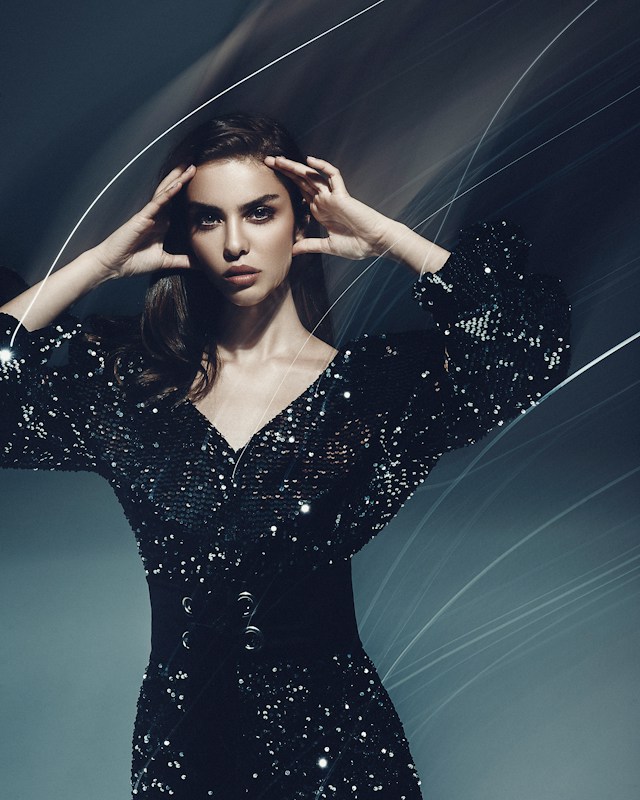
The Future of Fashion: Exploring the Role of AI in Modeling
As technology continues to advance at a rapid pace, the fashion industry finds itself at the forefront of innovation, with artificial intelligence (AI) emerging as a potential game-changer in the world of modeling. While traditional fashion models have long been the face of brands and campaigns, the rise of AI-powered virtual models has sparked speculation about the future of the industry. Let’s delve into whether fashion models will be replaced by AI and what implications this may have:
The Rise of Virtual Influencers: AI-powered virtual models, also known as virtual influencers, have gained traction in recent years, blurring the lines between reality and virtuality. These digital avatars are created using advanced AI algorithms and 3D modeling techniques, allowing them to emulate human-like appearances and personalities. Virtual influencers have amassed large followings on social media platforms, collaborating with brands, and participating in fashion campaigns, raising questions about the need for human models in the digital age.
Advantages of AI Models: AI models offer several advantages over their human counterparts, including cost-effectiveness, scalability, and versatility. Unlike human models, virtual influencers do not require expensive photoshoots, hair and makeup sessions, or travel expenses, making them a more budget-friendly option for brands. Additionally, AI models can be easily customized to fit specific brand aesthetics and target demographics, providing greater flexibility and creative control for fashion designers and marketers.
Challenges and Limitations: Despite their potential benefits, AI models also face challenges and limitations that may hinder their widespread adoption in the fashion industry. While virtual influencers can replicate human-like appearances, expressions, and movements, they lack the authenticity, emotion, and personality that human models bring to the table. Human models possess unique characteristics, experiences, and cultural backgrounds that resonate with audiences on a deeper level, fostering connections and emotional engagement that AI models struggle to replicate.
Complementary Role of AI and Human Models: Rather than replacing human models altogether, AI is more likely to complement and enhance the role of traditional models in the fashion industry. Virtual influencers can serve as powerful marketing tools, expanding brand reach and engagement in the digital realm, while human models continue to showcase clothing collections on the runway and in editorial spreads. By leveraging the strengths of both AI and human models, fashion brands can create dynamic and immersive experiences that resonate with audiences across various channels.
In conclusion, while AI-powered virtual models may reshape certain aspects of the fashion industry, the role of human models remains integral to creating authentic, emotive, and culturally relevant experiences. By embracing the potential of AI as a complementary tool rather than a replacement for human creativity and expression, the fashion industry can continue to innovate and evolve while staying true to its core values and principles.







